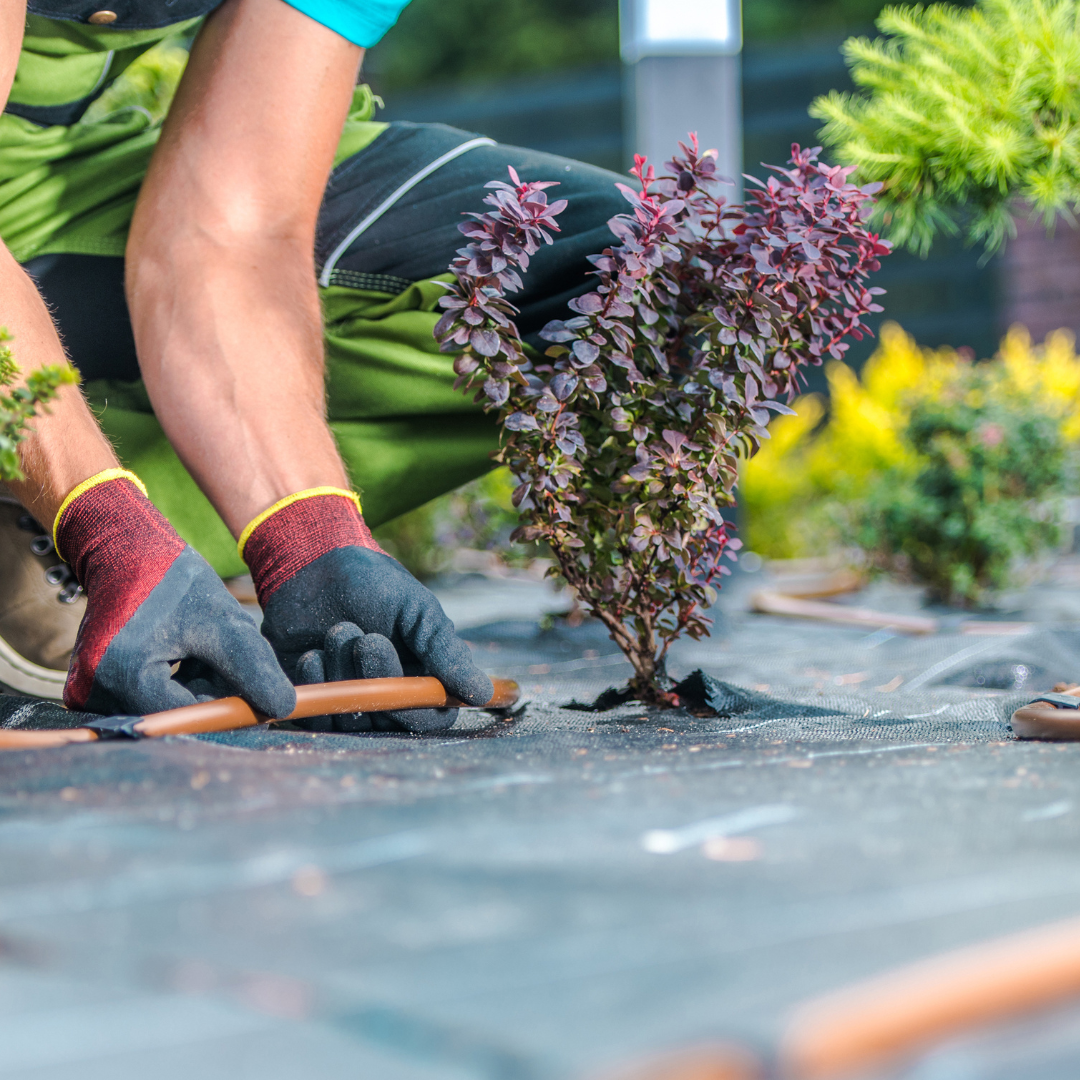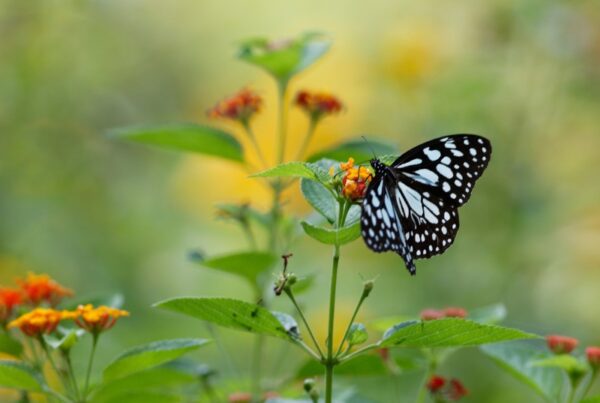To create a Wildlife-Friendly Garden is a rewarding attempt and to encourage wildlife to visit. A wildlife friendly garden not only local ecosystem but also your own enjoyment of the outdoors. To create a wildlife garden it needs various steps. Through this blog post we will explore various steps to transform your garden into a haven for birds, insects, and other creatures. For expert advice you can also contact the best plant nursery in Indore.
1.Research Local Wildlife:
Firstly, know about the native species in your area and understand them. By Incorporating local varieties you will be able to create a thriving wildlife friendly garden and do research on local plants and the wildlife they attract. This will also provide some knowledge and guide your plant selection and make sure that your garden provides a suitable habitat. To know more about local wildlife you can also contact Biggest Nursery in Indore.
- Choose Native Plants:
Select that kind of native plants which are specific to your local condition. These native plants are well adapted to your region’s climate. Thus provide food and shelter for local wildlife. By Incorporating a variety of species, to support different stages of life for insects and birds.To know more about native plants you can also contact Online outdoor plants in Indoor.
- Create Diverse Habitats:
Wildlife habitat not only supports plants but it is also a home for insects, birds. So design your garden with diverse habitats, including meadows, water features, and wooded areas. These features in your wildlife friendly garden encourages a variety of wildlife to visit and take residence in your garden.For more information about habitat you can also contact seasonal plants in Indore.
- Provide Water Sources:
Water is necessary for all forms of life. For plants water is the main component for photosynthesis. So installing water features like ponds , birdbaths or small water features offer a drinking and batting spot for birds and other creatures. This will also attract various amphibians and insects that rely on water. To know more about sources you can contact Online Plant Nursery in Indore.
- Limit Chemical Use:
Reduce the use of chemicals because these chemicals like pesticides, fertilizers, herbicides decrease the soil quality and also pollute the environment. You can minimize the use of chemicals by opting for organic manure, biological methods etc. The use of these chemicals can harm beneficial insects and disrupt the natural balance of your garden’s ecosystem. To get professional advice for chemicals you can contact Best Plant Nursery in Indore.
- Compost and Mulch:
Mulching and composting are the eco-friendly methods. Mulching involves the spreading of stalk ash and other mulching materials over the surface of the soil. This mulching helps in reducing the evaporation rate and thus maintaining soil moisture. Composting helps to enrich the soil. This method promotes healthy plant growth and attracts insects that contribute to the overall biodiversity of your garden. You can get best information on mulch and compost from Online Plant Nursery in Indore.
- Maintain a Wild Area:
When you are planning for a wildlife friendly garden, it becomes a matter of great importance to allow a portion of your garden to grow wild. This involves providing cover and food for various species. This wild area helps to provide shelter for refugee wildlife and will contribute to the overall biodiversity of your garden. To know more about the wild area you can contact an online outdoor plant nursery in Indore.
Conclusion:
By following the above steps you will be able to create a vibrant and visually appealing garden. This will also contribute to the conservation of local wildlife. By embracing the beauty of a harmonious coexistence between your garden and the natural world. Enjoy your journey of curating a wildlife friendly garden. For more information you can also contact Biggest Nursery in Indore.










Recent Comments